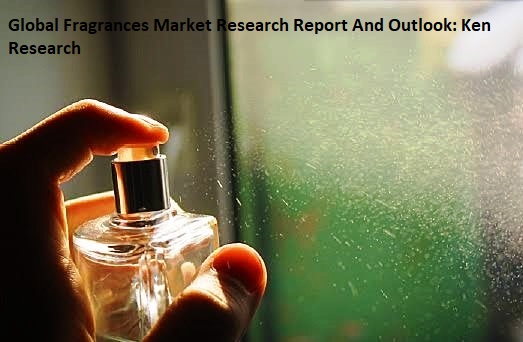The skincare market is a vast and ever-evolving landscape, encompassing a diverse range of products and catering to a multitude of needs. To navigate this complex terrain effectively, market segmentation is crucial. By dividing the market into distinct groups based on shared characteristics, businesses can tailor their offerings, messaging, and marketing strategies to resonate with specific customer segments.
Understanding Segmentation Criteria:
So, how do we skincare market segmentation? Several key criteria can be considered:
- Demographics: Age, gender, income level, ethnicity, and location all influence skincare needs and preferences.
- Skin type: Oily, dry, sensitive, combination, and acne-prone skin types require different product formulations and approaches.
- Skin concerns: Addressing specific concerns like wrinkles, hyperpigmentation, acne, or dryness is a primary driver for product choices.
- Lifestyle: Busy professionals, athletes, and environmentally conscious consumers have unique skincare needs.
- Brand preferences: Some consumers prioritize natural ingredients, luxury brands, or ethical sourcing practices.
Competitive Landscape: A Glimpse into the Players
With segmentation in mind, let’s analyze some prominent players in the skincare market:

Global Giants:
- L’Oréal: Offering a vast portfolio across mass-market, prestige, and dermocosmetics segments, L’Oréal caters to diverse needs. Its strengths lie in brand recognition, R&D capabilities, and global reach. However, navigating diverse segments and addressing ethical concerns can be challenging.
- Unilever: Known for its Dove, Pond’s, and Simple brands, Unilever excels in the mass-market segment with its focus on affordability and accessibility. However, its premium offerings might lack the brand cachet of competitors.
- Estée Lauder Companies: Estee Lauder, Clinique, and MAC cater to the prestige segment with high-quality, science-backed formulations. Brand loyalty and a focus on innovation are strengths, but high price points can limit accessibility.
Regional Powerhouses:
- Shiseido: A dominant player in Asia, Shiseido offers prestige skincare with a focus on Asian beauty standards. However, its reach in Western markets is limited compared to global giants.
- Kao Corporation: Popular for its Biore and Curel brands, Kao has a strong presence in Asia and focuses on innovation and sustainability. However, its brand recognition outside Asia might be lower.
Niche Players:
- The Ordinary: This brand’s focus on affordable, high-quality ingredients resonates with millennials and Gen Z. However, its limited product range and online-first approach might restrict reach.
- Drunk Elephant: This clean beauty brand caters to sensitive skin with its unique formulations and focus on avoiding harsh chemicals. However, its premium pricing can be a barrier for some consumers.
- Function of Beauty: Offering customized skincare based on individual needs and preferences, Function of Beauty taps into the personalization trend. However, its subscription model might not appeal to everyone.
Beyond the Analysis: Winning Strategies
By understanding Skincare market segmentation and analyzing your competitors, you can develop winning strategies:

- Clearly define your target segment: Who are you trying to reach? What are their specific needs and preferences?
- Develop targeted product offerings: Formulate products that address the unique concerns and preferences of your chosen segment.
- Craft compelling messaging: Tailor your communication to resonate with your target audience’s values and aspirations.
- Leverage the right channels: Utilize marketing and distribution channels frequented by your target segment.
- Stay ahead of the curve: Continuously monitor market trends and adapt your strategies accordingly.

